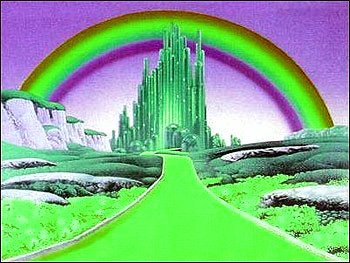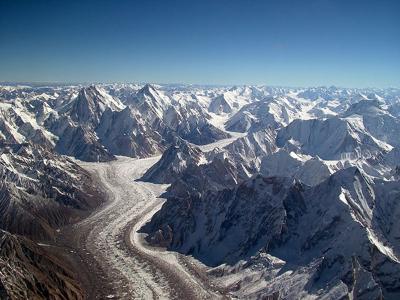NOAA.Gov
by anynomous person
(Miami, Florida)
On NOAA.Gov you are able to find the everything on weather except for what kind of clouds to expect but they have mostly like everything you would need to know about weather.
Barry's Response - Yes, A, good site. Just type the city and state name in the correct box found when you search at https://www.google.com/search?num=100&rlz=1C1GGGE_enCA518CA518&ei=9PKqWtHYNcPgjwOEiKLIBQ&q=noaa+gov&oq=noaa+gov&gs_l=psy-ab.3..0l9j0i10k1.403989.405291.0.405459.8.8.0.0.0.0.137.702.6j2.8.0....0...1c.1.64.psy-ab..0.8.700...35i39k1j0i131k1j0i67k1j0i131i67k1.0._1GXPGqAHKc to get your info, a little map and everything. Good Detail.
As the name National Oceanic and Atmospheric Administration implies, the agency studies oceans, atmospheres, and their interactions. As well as providing regular forecasts, they advise industry and the public on environmental issues.
They call themselves "an informed society that uses a comprehensive understanding of the oceans, coasts, and atmosphere in the global ecosystem to make the best social and economic decisions." They do it to help our nation USA thrive economically, socially, and environmentally.
They forecast weather, storms, floods, and droughts, and provide specialized transportation weather forecasts. They provide climate data and research climate change, both regionally and globally. Climate data and climate change research, both regional and global.
People check their forecasts every day. Thanks for pointing us there.
Search this site for more information now.
In addition to playing an important role in our weather, clouds can also provide valuable insight into atmospheric conditions.
We can interpret current and upcoming weather conditions by understanding these different cloud types. Even if NOAA.gov doesn't explicitly mention cloud types, their comprehensive weather information can still help us make informed decisions. Here are a few types of clouds, how people feel about them, and what they mean:- A cumulus cloud is a puffy, white cloud with a flat base and a rounded top. They look like cotton balls or popcorn and are associated with fair weather. People often find cumulus clouds uplifting and cheerful, as they often indicate nice weather.
- Low-lying stratus clouds look like a uniform gray layer covering the sky. Overcast or foggy conditions can accompany drizzle or light rain. Under a thick layer of stratus clouds, you may feel gloomy or melancholy.
- Cirrus clouds are thin, wispy, and feathery clouds at high altitudes. You can see them on clear, sunny days because they're made of ice crystals. The delicate and intricate formations of cirrus clouds are beautiful to many people.
- Cumulonimbus clouds are massive, towering clouds that can reach great heights. Cumulonimbus clouds cause thunderstorms, heavy rain, lightning, and sometimes hail. As they signal potentially severe weather, they can inspire a mix of awe and concern.
- Low-lying stratocumulus clouds look like rounded, lumpy masses. Often they cover a lot of sky and are associated with stable weather. Observing stratocumulus clouds can make people feel relaxed or tranquil.
- Clouds that form a gray or bluish layer in the sky are called altostratus clouds. A warm front or a storm can be indicated by them covering the whole sky. Altostratus clouds can make people feel ready or anticipatory.
Comments for NOAA.Gov
|
||
|
||
|
||
Do you have concerns about air pollution in your area??
Perhaps modelling air pollution will provide the answers to your question.
That is what I do on a full-time basis. Find out if it is necessary for your project.
Have your Say...
on the StuffintheAir facebook page
Other topics listed in these guides:
The Stuff-in-the-Air Site Map
And,
Thank you to my research and writing assistants, ChatGPT and WordTune, as well as Wombo and others for the images.
GPT-4, OpenAI's large-scale language generation model (and others provided by Google and Meta), helped generate this text. As soon as draft language is generated, the author reviews, edits, and revises it to their own liking and is responsible for the content.



